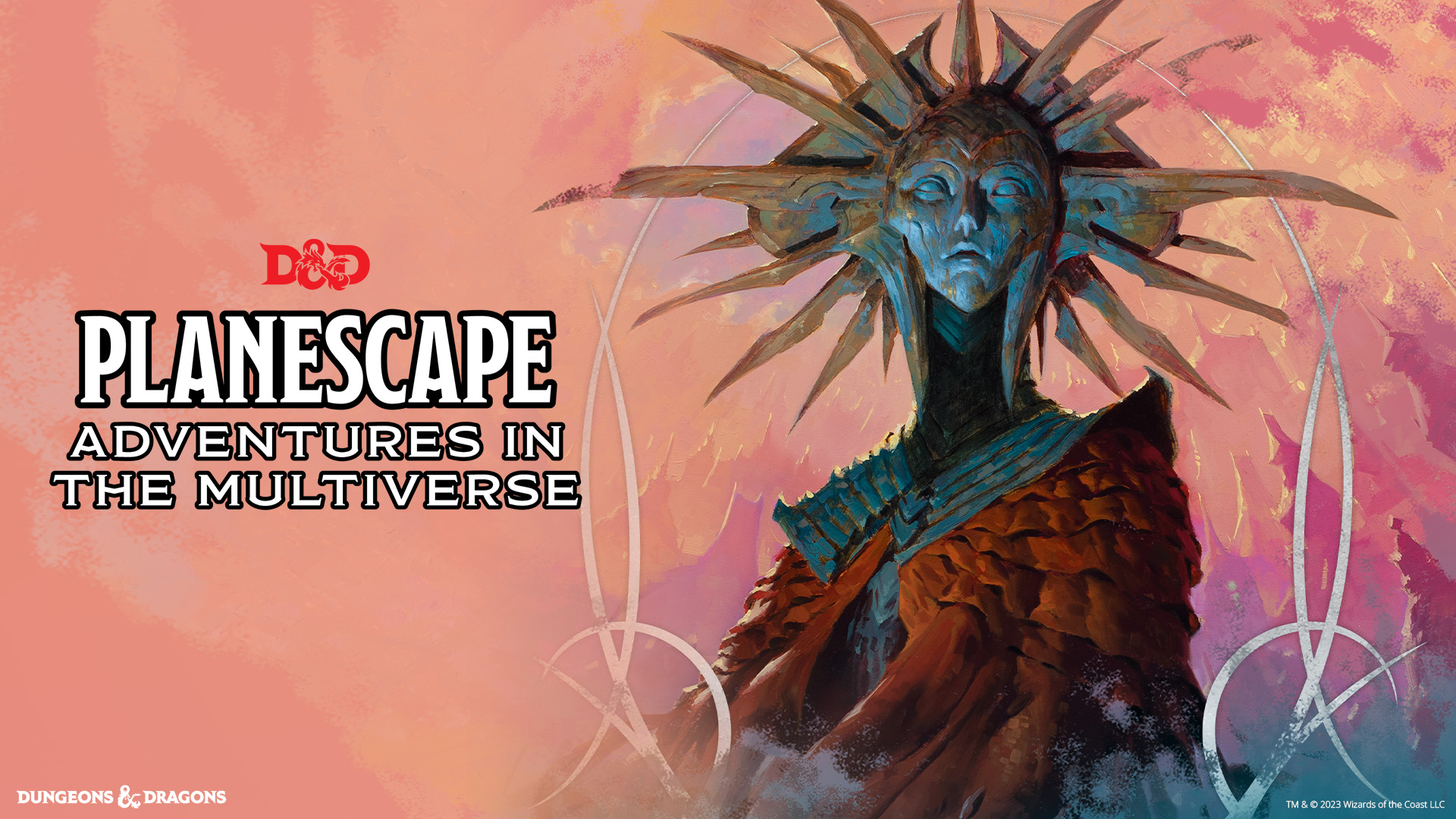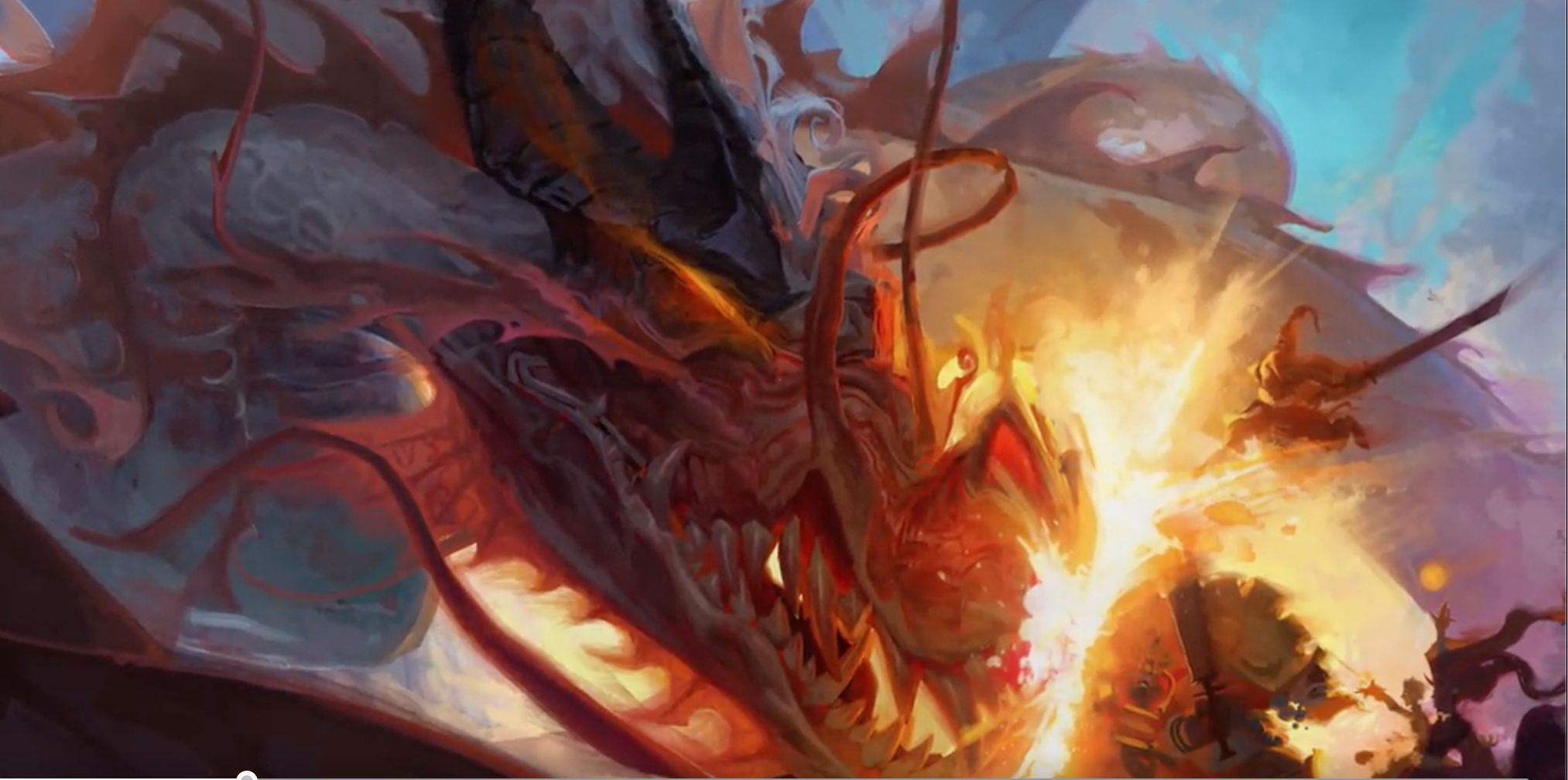The Pathfinder RPG was introduced in 2009, taking the RPG world by storm. Many players were drawn to Pathfinder as an alternative to D&D 4th edition, which was criticized for being more of a combat strategy game instead of a role playing game. Pathfinder offered a modified version of D&D 3.5 that emphasized more role playing and customization for your characters.
With the release of Pathfinder 2nd edition in 2019, there has been a lot of discussion which edition players should jump into if they want to try the game for the first time. Where should you start? The new or the old?
What are the differences between the two anyway?
Similarities
Let’s start off with the things both of these editions accomplish. Both editions operate on the D20 dice system, using the full span of dice from d4s, d6s, d8s, d10s, d12s, d20s, and d100s. Both editions are set in a fantasy world, and both utilize the classic RPG styles of class, race, and background builds.
The other major similarity that carries over between these two editions are floating modifiers. Modifiers are different abilities, skills, or other things that affect your rolls. Floating modifiers are modifiers that are not on your character sheet. Certain classes require you to do math aside from just rolling dice or a specified damage amount. This could include adding a multiplier on a damage roll based on your level, but not having it be easily referenced on a character sheet. Classes in first and second edition have plenty of these, so keep an eye out and make sure to remember when you can use them.
Differences
Pathfinder 2nd edition attempts to break from D&D by creating some of its own rules to add a larger than life adventurer. This is especially clear with the creation of Hero Points. Hero Points are given to players at the beginning of a session, as well as when players perform impressive or important actions through role play or risk taking. These points allow you to re-roll a check, saving throw, or even immediately stabilize when you are dying. With access to a Hero point at the beginning of a session allows your character to save themselves or others in a truly larger than life moment.
The biggest way that Pathfinder has pulled away from D&D is in its character stat building. In 1st edition, the character stat building rules were the same as with D&D – you either do a point buy system, or roll for your stats. With Pathfinder 2nd Edition, your stats are based on the ABC System (Ancestry, Background, Class). Each of these aspects will influence how your baseline stats (10s across the board) each increase or decrease accordingly. While this distinction does pull Pathfinder further from D&D 5e, it is interesting how the ABC System does limit a level of the role playing potential by restraining certain class-ancestry combinations, like that of D&D 4e.
The last big change between 1st and 2nd edition is class abilities. Instead of a traditionally defined class journey, you have lots of options ahead of you. Different levels give you different Feats, ranging in ability and origin. There are ancestry feats, abilities inherited from your family or race; class feats, class specific abilities that you can choose from; and bonus feats, which are accessible by all classes.
The Final Results
If you have a background with D&D and want something relatively simple to understand, I would suggest your start with Pathfinder 1st edition. It is grounded enough in the rules of D&D that even 5e players will more than likely be able to get a feel for the altered game mechanics rather quickly. With lots of books to be able to inspire your
If you are up for a challenge, Pathfinder 2nd edition is your best bet. Pathfinder 2nd Edition makes you feel like a powerful adventurer. You can expend Hero Points to gain re-rolls and automatic stabilization when at zero HP, and perform more actions in a combat turn than ever before. The consequence of this is that it is more that you need to remember when going into an adventure. Make sure you understand all of your abilities and skills before jumping into the game.
Do you know of more ways that the two editions of Pathfinder differ? Mention them down below in the comments!
Keep up to date about all things board games on The Bag of Loot! https://www.thebagofloot.com/
Pick up your copy of Pathfinder 1st and 2nd edition at Three Kings Loot! https://www.threekingsloot.com/




